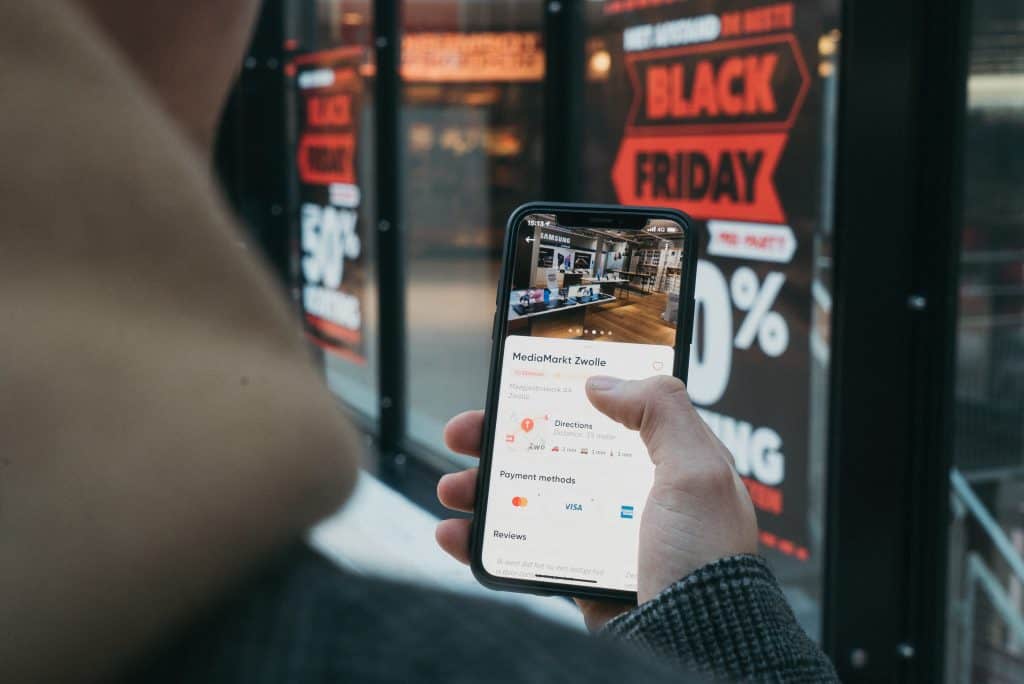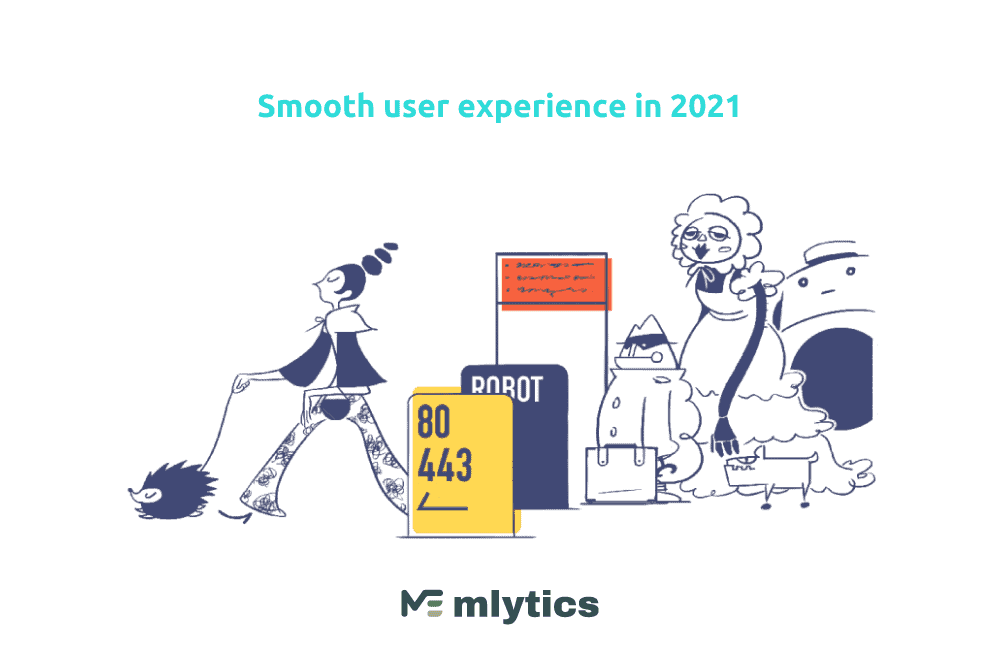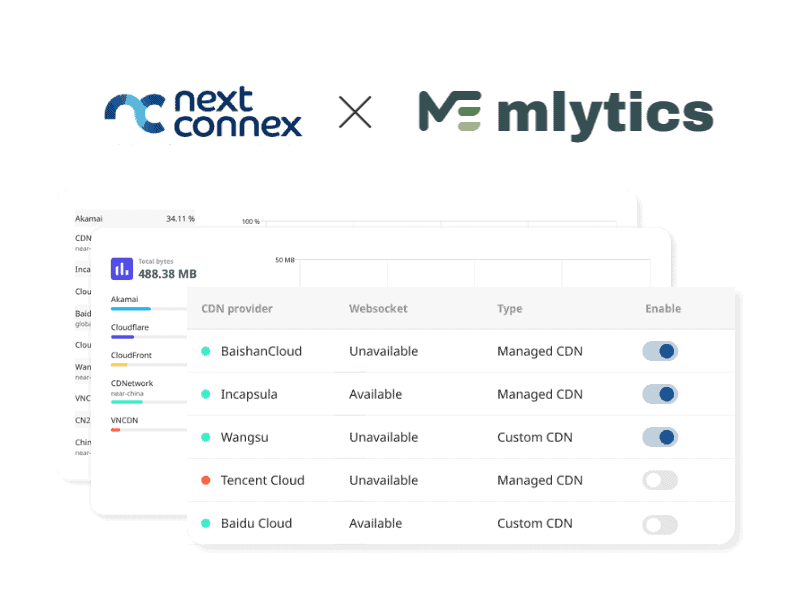Every year around special celebrations and holidays, people flock to online stores to get their hands on some good deals—Mother’s Day, Valentine’s Day, Christmas, and of course the Black Friday weekend.
The increased traffic that comes with the holidays sales is a double-edged sword to retailers. On one hand, it brings a welcome increase in revenue. On the other, it can test the limits of their website and digital infrastructure as a whole.
If a business takes the proper steps to prepare, they stand to come out of the holiday season on top. Lagging pages and outages, however, will mean dissatisfied customers that may never return.
With 2020’s Black Friday sale behind us, let’s look back and take some valuable lessons from what went right—and from what went wrong. Insights that you can use to handle the next holiday sales rush with grace.
Looking back on Black Friday and Cyber Monday 2020
Saying that this year was different would be an understatement. COVID-19 turned the world on its head for people and retailers the world over. Public health guidelines limiting in-person gathering meant more people shifted towards online shopping than ever, leaving some e-retailers unprepared.
Around 50 larger brands experienced some kind of technical difficulty over the Black Friday weekend in 2020. The cause, of course, is the significant increase in traffic webshops experienced during that time.
Some of those stores were giant companies that should’ve had the proper digital infrastructure in place, like Adidas, H&M and Playstation. PayPal went down for a while in the U.S. and U.K. Tech retailer Curry’s also crashed.
The same thing happened to Nordstrom Rack and Costco in 2019. Lag times during Black Friday got so bad that Costco had to post a banner on its site letting customers know there would be “slow response times,” according to Business Insider. These persistent website issues are estimated to have set Costco back around $11 million.
With so many more people shopping online this year than normal, these companies simply weren’t equipped for the extra demand. In the end, they wound up missing out on substantial revenue and, in some cases, damaging their brand in the eyes of customers.

How you can prevent website outages and lag when the next holiday rush hits
That doesn’t have to be you next time the holiday sale season comes around. Even if you’re a small business, there are still measures you can take to better insulate yourself from the increased demand that comes with holiday shopping by increasing website reliability.
Implement a Multi CDN solution
Content Delivery Networks (CDNs) are known to have many benefits for business websites. They make businesses better able to serve content closer to users worldwide, help prevent overuse on origin servers, and provide features like caching that help speed up website load times.
Most companies work with a single CDN solution, but this can sometimes be limiting too, as CDNs can and do experience outages.
Multi CDN is an approach that simultaneously utilizes multiple CDNs to achieve better website performance. If a single CDN experiences outages, Multi CDN reroutes traffic through another CDN provider to ensure uptime. Thus, traffic spikes and fluctuations don’t affect a website’s content.
Learn more about how Multi CDN solutions can guarantee your website’s uptime in this article.
Plan ahead with cloud testing
Another way to prepare for the crush of holiday shopping traffic is to test your system in the off-season when the pressure is low. Cloud testing allows you to simulate the increased load on your website from holiday shoppers and see where your weak spots are. You can even change the parameters to see how your site will react on a desktop, laptop, or mobile device.
The best part about cloud testing is that you can run it for significantly cheaper than doing the testing in-house. Third parties have the infrastructure required to run complex tests, and you simply use their systems to game out your site’s response to the Black Friday rush.

Make sure you have a proper retail database
Having the right database at your disposal will help your customers access your site, and your deals, during the Black Friday weekend or Christmas Holiday season. And you can start building yours now.
Following these five principles will help you put together a sturdy retail database that won’t let your customers down:
- Availability: You want a database that’s always available to your customers, so look for options with 100% uptime. As the cliche goes, “time is money,” and even a few minutes of website downtime can cost you.
- Cloud nativity: A good database will support multi-cloud and hybrid environments, which will make your site available to customers around the world more easily. With a system like this, people will be pulling data from distributed sources nearby, making interruptions less likely.
- Scalability: Look for a database solution that can scale with you and process a large volume of transactions—up to millions, if need be.
- Security: Your database should be able to keep the data it houses secure. Millions of people will be inputting sensitive information like credit card and address numbers during the holiday shopping season. You should be doing everything in your power to make sure that data doesn’t get into the wrong hands.
- Performance: Today’s customers expect things instantly. Make sure you’re investing in a database that can process accordingly.
Optimize for mobile
More people are using their smartphones and mobile devices to get online than ever, and the sales figures reflect that too. Revenue from mobile sales in 2020 is projected to be just over $338 billion.
If your site doesn’t work well—or at all—on mobile, you’re going to be missing out on your slice of the pie. Test your site as extensively on mobile as you do for desktop and laptop versions.
Some quick tips to optimize your site for mobile:
- Don’t use large files like big images or lengthy videos on the mobile site.
- Keep page design simple and easy to read.
- Clearly mark elements like the checkout and cart buttons.
Key takeaways
Realize that site outages during the holiday season aren’t just inconvenient, they’re expensive. They’ve cost massive retailers like Costco, J Crew, and Best Buy millions of dollars. Learn from their mistakes so it doesn’t happen to you.
Taking a proactive approach now can make sure your site is robust and ready for the influx of holiday traffic next year—and less likely to go down during day-to-day transactions. Prepare now, and you’ll net yourself both peace of mind and extra cash next during the next holiday sales season.



